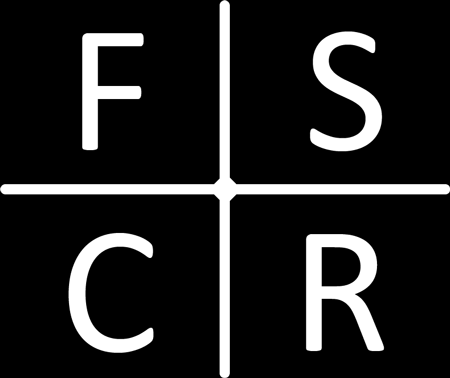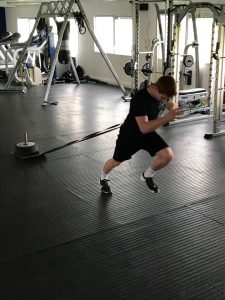As players and coaches the key physical attribute I’ve heard most in my time in football is speed. All players want it, and those that have it want more of it.
Research has informed our practice and training by highlighting the importance of starting strength during the early acceleration phase of running. Heavy bilateral strength exercises have been programmed to try increase the player’s ability to generate large magnitudes of force. More important than that though, is the direction in which the force is applied.
During the early acceleration phase the primary aim is horizontal force production. Given this, it can be tough to overload the system this way, but one specific means of doing so is through sled training. Sled training has been used with mixed findings around appropriate loading strategies, varying from 10% of body mass (1) right up to 96% of body mass (2).
A recent paper published at the back end of last year by J.B. Morin et. al (2016) (3) looked at 8 weeks of unloaded sprint training vs. 8 weeks of very heavy sled training. Within this paper, they examined a group of amateur soccer players performing very heavy sled training at 80% of body mass and a group of players performing traditional sprint training.
Results of this study show that very heavy sled training clearly increases maximal horizontal force production and mechanical effectiveness (i.e. more horizontal force applied) compared to standard unloaded sprint training. Consequently, the study showed 5m & 20m sprint times decreased and further papers have suggested it may act as a key tool in hamstring injury prevention (4).
Sled training is a tool used within our FSCR philosophy. Heavy sled training is just one way we utilise it. Lighter loads equally have a place in our programme, but for different reasons.
References
1. Alcaraz, P. E., Palao, J. M., & Elvira, J. L. (2009). Determining with optimal load for resisted sprint training with sled towing. Journal of strength and conditioning research, 1-6.
2. Cross, M. R., Brughelli, M., Samozino, P., & Morin, J. (2016). Optimal loading for maximising power in resisted sled sprinting. European College of Sport Science.
3. Morin, J., Petrakos, G., Jimenez-Reyes, P., Brown, S. R., Samozino, P., & Cross, M. R. (2016). Very-heavy sled training for improving horizontal force output in soccer players. International Journal of Sports Physiology and Performance.
4. Mendigucchia, J., Samozino, P., Martinez-Ruiz, E., Brughelli, M., Schmikli, S., Morin, J., & Mendez-Villanueva, A. (2013). Progression of mechanical properties during on field sprint running after returning to sports from a hamstring muscle injury in soccer players. Orthopaedics and biomechanics.

